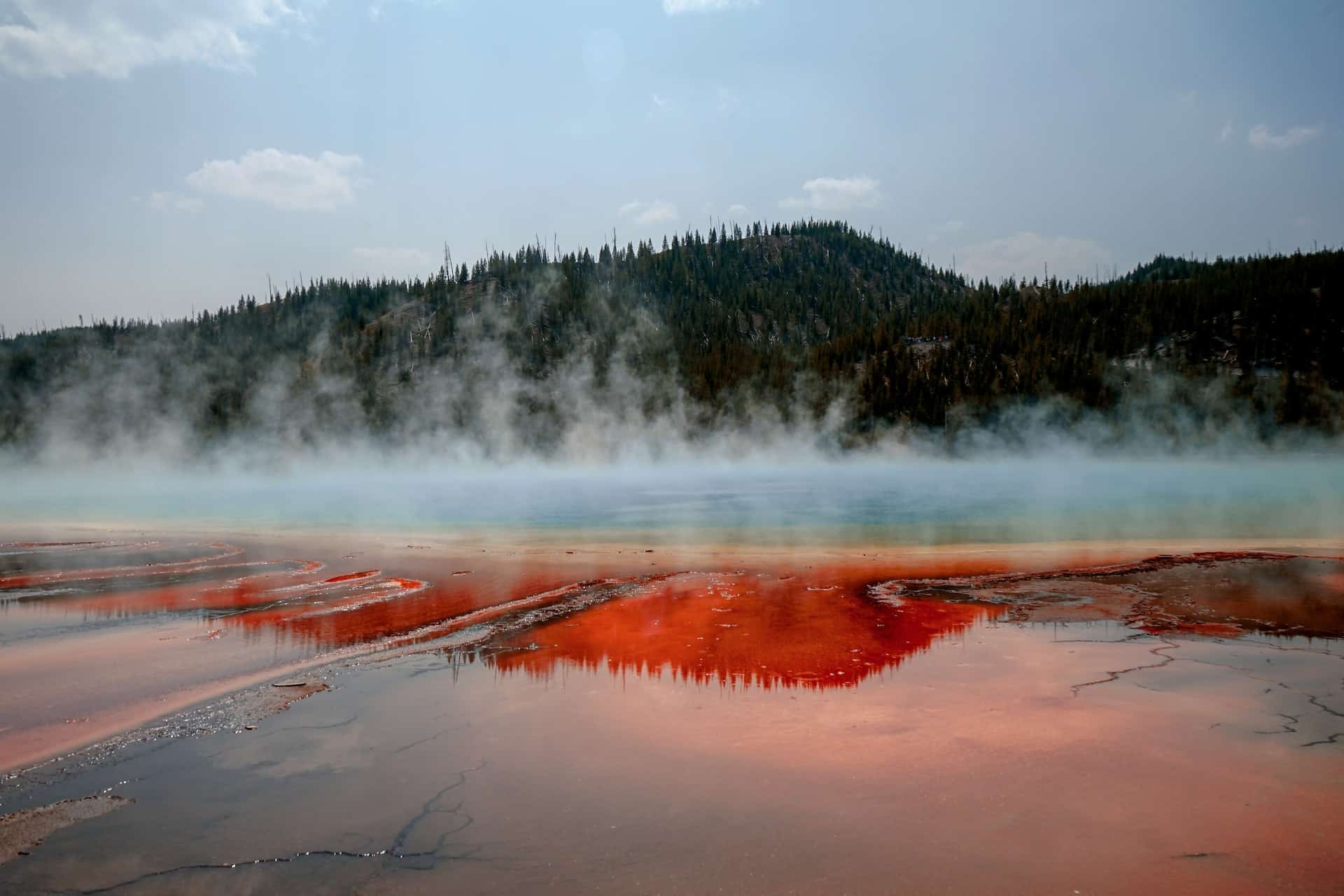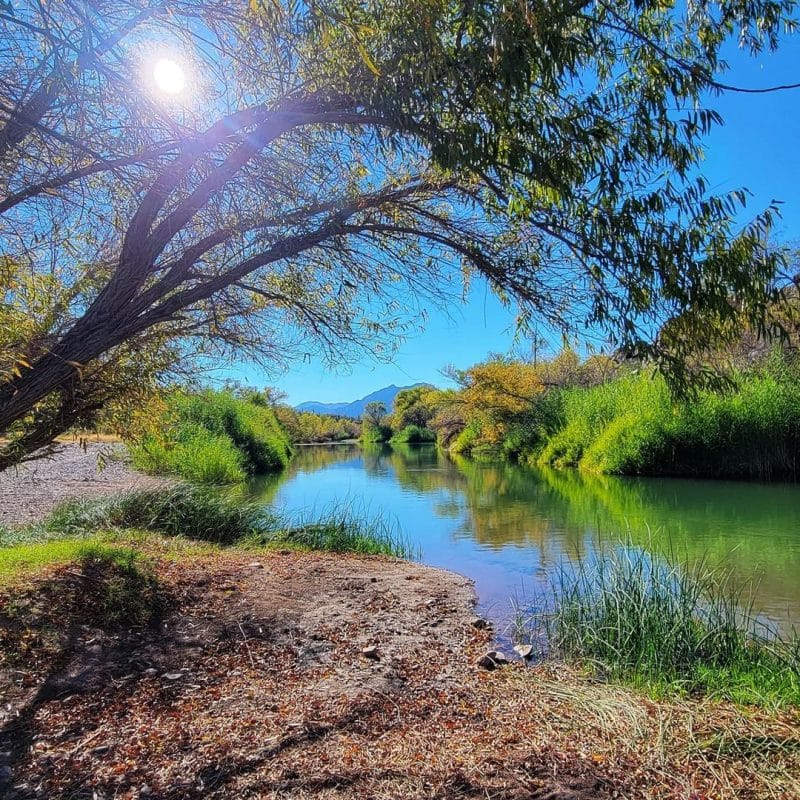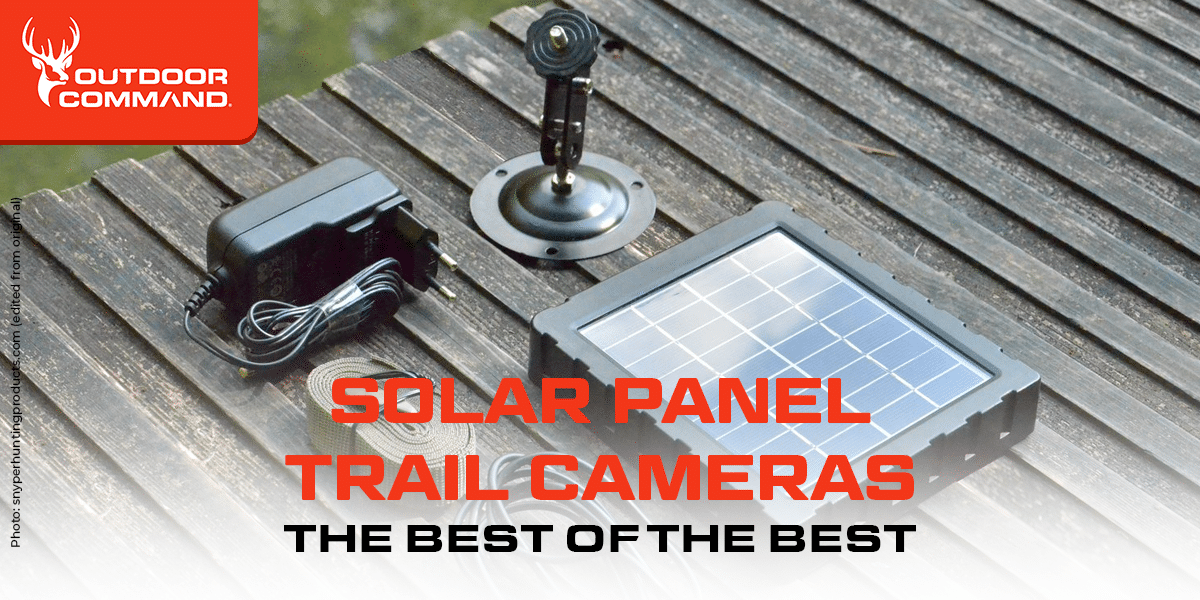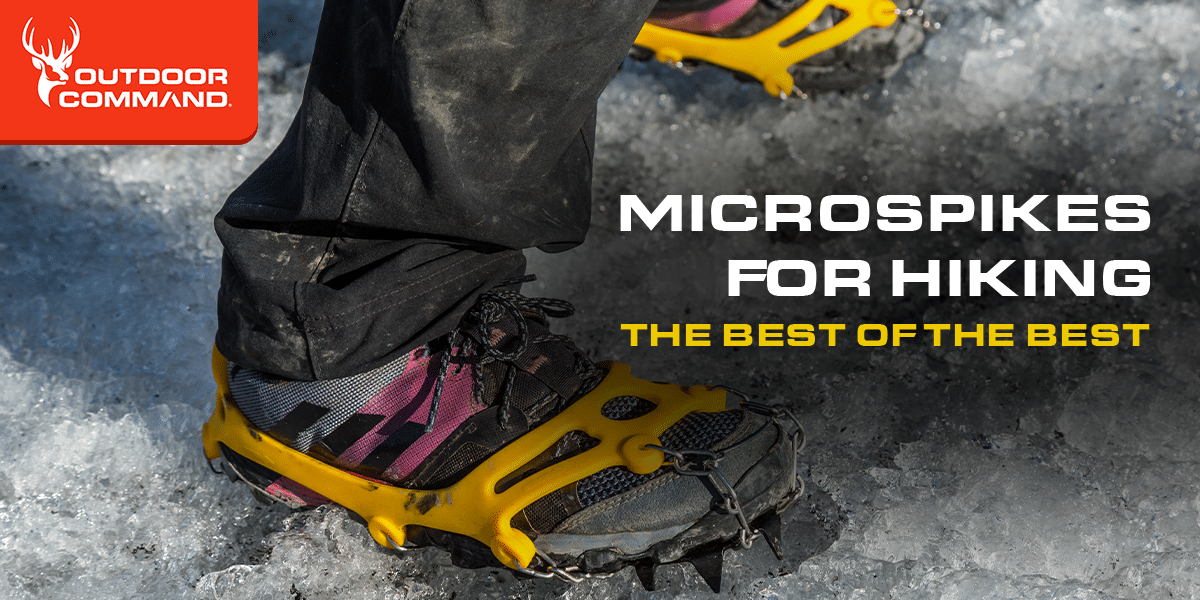Outdoor Blog
11 Best Hot Springs in Arizona

Nestled amid the rugged landscapes and arid deserts of Arizona are some of nature’s best-kept secrets – therapeutic hot springs. These geothermal wonders offer an escape from the ordinary, a chance to soak in warmth, serenity, and the beauty of the Arizona wilderness.
From remote desert hideaways to alpine retreats, Arizona’s hot springs provide a range of unique experiences. In this guide, we unveil the finest hot springs the state has to offer. Join us as we explore the desert gems, mountain sanctuaries, and secluded oases that make up the best hot springs in Arizona.
1. Arizona Hot Springs

Photo Courtesy: @readtravelhike
Nestled in the heart of the Lake Mead National Recreation Area, Arizona Hot Springs also known as Ringbolt Hot Spring offers a unique desert oasis with water temperatures ranging from pleasantly warm to hot. These naturally formed springs provide a therapeutic retreat, and reaching them involves a picturesque hike from the Arizona Hot Spring Trailhead. The trail leads you through scenic canyons, offering glimpses of indigenous flora and intriguing geological formations. Once you arrive at the hot springs, you’ll be treated to a series of pools overlooking the magnificent Colorado River. To access these inviting waters, a bit of hiking is required, making it a fantastic adventure for nature enthusiasts.
- Location: Lake Mead National Recreation Area, Arizona
- Temperature: 110°F
- Things to do: Enjoy a scenic hike, soak in the hot springs with stunning river views.
- Best time to visit: By reservation or workshop attendance.
- Cost: Fees vary based on reservations and workshops.
- How to Reach: Starting in Boulder City, Nevada, drive along Highway 93 for approximately 10 miles, which will take you across the Hoover Dam. Once you’ve crossed the dam, make a left turn onto Horse Thief Canyon Road. You’ll discover convenient parking options right alongside the highway, serving Arizona Hot Spring Parking.
2. Castle Hot Springs

Photo Courtesy: @castlehotsprings
Castle Hot Springs, located in Morristown, Arizona, is a historic and exclusive retreat known for its healing waters and serene environment. The springs offer a range of temperatures, ensuring a delightful soak for everyone. Access to this unique hot spring is exclusively through reservations. The resort offers both overnight stays and limited day-use visits, allowing visitors to indulge in the therapeutic hot springs amidst lush surroundings.
- Location: Morristown, Arizona
- Temperature: 120°F
- Things to do: Experience the tranquility of the historic resort, unwind in the hot springs, and explore the lush surroundings.
- Best time to visit: By reservation only.
- Cost: Fees vary based on reservations and accommodations.
- How to Reach: Accessible through a car, ensuring an exclusive and intimate experience.
3. El Dorado Hot Springs

Photo Courtesy: @insane_canine_cow_people
In the heart of Tonopah, Arizona, El Dorado Hot Springs offers a chance to immerse yourself in mineral-rich waters with temperatures ranging from pleasantly warm to hot. These private hot springs are accessible only through reservations made via their website. El Dorado Hot Springs provides private tubs and accommodations, ensuring a peaceful and intimate escape in the heart of the desert.
- Location: Tonopah, Arizona
- Temperature: 107°F
- Things to do: Relax in private mineral-rich tubs, savor the desert ambiance, and find solace in the serene surroundings.
- Best time to visit: By reservation only.
- Cost: Fees vary based on reservations and accommodations.
- How to Reach: Accessible through reservations made on their website, providing an intimate and secluded retreat.
4. Essence of Tranquility

Photo Courtesy: @esdoornroosje
Essence of Tranquility, located in Safford, Arizona, offers an exclusive and intimate hot spring retreat with varying water temperatures. This private escape is accessible only through reservations made via their website. Surrounded by natural beauty, Essence of Tranquility ensures a tranquil environment for visitors to unwind and rejuvenate.
- Location: Safford, Arizona
- Temperature: 98°F-105°F
- Things to do: Enjoy a peaceful soak in private tubs, appreciate the natural beauty of the desert, and find tranquility.
- Best time to visit: By reservation only.
- Cost: Fees vary based on reservations and accommodations.
- How to Reach: Reservations must be made in advance for all types of accommodations, including camping; walk-in bookings are not permitted. A valid credit card is necessary to secure your reservation.
5. Hot Well Dunes Hot Springs

Photo Courtesy: @nomads.trekkn
Hot Well Dunes Hot Springs, found near Bowie, Arizona, is a remote desert hot spring with water temperatures reaching up to 106°F. Access to these therapeutic waters is straightforward; visitors can reach them via a short walk from the parking area. The naturally heated water is piped into concrete pools, offering a relaxing soak in the midst of the Arizona desert. The dunes and desert landscape enhance the charm of this secluded spot, making it a hidden gem for those seeking solitude.
- Location: Bowie, Arizona
- Temperature: 106°F
- Things to do: Relax in the natural pools, experience the unique desert landscape, and enjoy solitude.
- Best time to visit: Year-round.
- Cost: Free.
- How to Reach: Begin your journey in Safford, Arizona, by heading east on Highway 70 for approximately 7 miles. Take a right onto Haekel Road, managed by the Bureau of Land Management, and proceed south for about 25 miles. Please ensure you have a high-clearance 4×4 vehicle to access the Hot Well Dunes Recreation Area.
6. Kaiser Hot Springs

Photo Courtesy: @duncansuhr
- Location: White Mountains, Arizona
- Temperature: 101-104°F
- Things to do: Relax in the alpine setting and enjoy the peaceful surroundings.
- Best time to visit: By reservation only.
- Cost: Fees apply, and reservations are required.
- How to Reach: To access the Kaiser hot springs, embark on a moderate one-mile trek along a parched riverbed. Although the path to the Kaiser hot springs lacks clear markers, fear not—you won’t stray off course! Simply park by the roadside and commence your adventure by hiking down beneath the bridge.
7. Verde River Hot Springs

Photo Courtesy: @shwackem
Verde River Hot Springs is a hidden gem in the Tonto National Forest. These springs, with temperatures around 100-105°F, are accessible via a short hike along the picturesque Verde River. This hike is part of the adventure, and you’ll be rewarded with the opportunity to immerse yourself in warm waters while surrounded by the beauty of the forest. It’s a perfect spot for hikers and outdoor enthusiasts.
- Location: Tonto National Forest, Arizona
- Temperature: 100-105°F
- Things to do: Hike to the hot springs and take in the scenic beauty of the Verde River.
- Best time to visit: Year-round.
- Cost: Free.
- How to Reach: Verde Hot Spring can be found approximately 30 miles to the southeast of Camp Verde, Arizona, or 86 miles if you’re traveling from Flagstaff. The forest roads leading to it are challenging, with rugged gravel and steep inclines, and can become muddy after rain, so plan your visit accordingly.
8. Sheep Bridge Hot Springs

Photo Courtesy: @fieldslesa
Sheep Bridge Hot Springs, also located in the Tonto National Forest, offer a peaceful retreat in the midst of the desert. The water temperatures hover around 100-105°F, and access is via a scenic hike through desert canyons. The journey to the hot springs is an adventure in itself, with rugged desert landscapes and the promise of a relaxing soak in a natural pool at the end. It’s an ideal spot for those looking for a desert escape.
- Location: Tonto National Forest, Arizona
- Temperature: 100-105°F
- Things to do: Hike to the hot springs and experience the beauty of the desert landscape.
- Best time to visit: Year-round.
- Cost: Free.
- How to Reach: Starting in Carefree, Arizona, take a scenic drive along Cave Creek Road for approximately 33 miles. Then, make a right turn onto Forest Road 269 and continue for about 12 miles. This route will lead you to the Sheep Bridge area, where you’ll find the inviting hot springs just a stone’s throw away.
9. Kachina Mineral Springs

Photo Courtesy: @kachinamineralsprings
Kachina Mineral Springs, Safford, AZ, is a haven of natural lithia mineral waters with temperatures ranging from 98-100°F. Access is through private mineral baths and accommodations that can be reserved through their website. The serene setting and healing mineral waters make Kachina Mineral Springs a unique and rejuvenating escape for those in search of tranquility.
- Location: Safford, AZ
- Temperature: 108℉
- Things to do: Enjoy private mineral baths and accommodations in a serene setting.
- Best time to visit: By reservation only.
- Cost: Fees vary based on reservations.
- How to Reach: Reservations can be made through their website.
10. Clifton Hot Springs

Clifton Hot Springs is located in the charming town of Clifton, Arizona. With soothing water temperatures ranging from 97-100°F, this hidden gem offers a serene experience. To access these hot springs, you can make a reservation through their website. Clifton Hot Springs provides private, tub-style hot springs and a quiet environment, making it the perfect place for relaxation.
- Location: Clifton, Arizona
- Temperature: 97-100°F
- Things to do: Enjoy private tub-style hot springs and soak in a peaceful atmosphere.
- Best time to visit: By reservation only.
- Cost: Fees apply based on reservations.
- How to Reach: To get to the springs, hike a quarter of a mile downhill from where the old bridge used to be. Along the way, you’ll come across Owl Creek Campground, which has a lovely bridge over the Gila River and is part of the Gila Box Riparian National Conservation Area.
11. Lost Man Hot Spring

Photo Courtesy: @panzpaahntavong
- Location: White Mountains, Arizona
- Temperature: 133°F
- Things to do: Relax in the alpine setting and enjoy the peaceful surroundings.
- Best time to visit: By reservation only.
- Cost: Fees apply, and reservations are required.
- How to Reach: The Lost Man Hot Springs is situated on the border of Nevada and Arizona, approximately three miles from the Hoover Dam. You can reach the trailhead by entering the Lake Mead National Recreation Area. Alternatively, you can access this natural stream by navigating a boat or kayak along the Colorado River.
Conclusion
As we conclude our journey through Arizona’s best hot springs, we hope you’ve been inspired to embark on your own adventure and experience the therapeutic benefits and natural beauty these geothermal wonders have to offer. From the serene alpine retreats to the hidden desert oases, each hot spring promises a rejuvenating escape. Remember to check accessibility and make any necessary reservations to ensure a seamless and enjoyable visit to these remarkable natural treasures. Whether you seek relaxation, solitude, or a unique outdoor experience, Arizona’s hot springs have something exceptional to offer.
Frequently Asked Questions (FAQs)
Are the hot springs open year-round?
Yes, most hot springs in Arizona are accessible year-round. However, water temperatures can vary depending on the season.
Do I need to make reservations to visit hot springs?
It depends on the hot spring. Some require reservations for access, while others are freely accessible.
Are there any admission fees for the hot springs?
Some hot springs charge admission fees, while others are free to access. The costs can vary, so it’s essential to check in advance.
What should I bring when visiting hot springs?
When visiting hot springs, it’s a good idea to bring swimsuits, towels, water, sunscreen, and appropriate footwear for the terrain. Some hot springs may not have changing facilities.
Are there any rules or guidelines I should be aware of when visiting hot springs?
Yes, it’s important to respect the natural environment. Most hot springs have rules against using soaps, shampoos, or chemicals in the water to protect the ecosystem. Always follow posted rules and guidelines to ensure a sustainable and enjoyable experience.
Can I camp near the hot springs?
In some cases, camping facilities or nearby campgrounds are available. However, it’s essential to check the specific hot spring’s regulations regarding camping.
Are there any health considerations when visiting hot springs?
Hot springs may not be suitable for individuals with certain medical conditions. The minerals and heat can affect various health conditions, so if you have specific health concerns, it’s advisable to consult with a medical professional before visiting.
What’s the best time to visit hot springs to avoid crowds?
To avoid crowds, it’s often recommended to visit hot springs during off-peak times, such as early mornings and weekdays. Weekends and evenings tend to be busier.
Can I bring food and beverages to hot springs?
Some hot springs may allow you to bring food and non-alcoholic beverages, but it’s crucial to check each hot spring’s specific rules and guidelines.
Are there hot springs suitable for families with children?
Yes, there are hot springs that are family-friendly, but it’s important to check the hot spring’s regulations and suitability for children before planning your visit.
Outdoor Blog
How to Take Your Own Internet to Outdoor Events

You’ve got the permits, the lineup, the stage design, and the crowd — but when it comes to WiFi, outdoor events can turn from dream festivals to data dead zones in minutes. Reliable connectivity is now as essential as power or sound. Whether it’s a music festival streaming to TikTok, a food fair using mobile POS systems, or a corporate brand activation relying on live dashboards, the internet connection is what keeps the gears turning.
But the truth is this: counting on venue WiFi at a large outdoor event is a gamble. Hundreds of devices fighting for the same bandwidth can jam up the signal before the headliner gets on stage. Public networks only have one backhaul connection, so your production crew, security cameras, and vendors could all be fighting with concert-goers streaming YouTube in the crowd.
So, if your aspiration is to keep the event chugging along like clockwork, the genius move is to bring your own internet — designed specifically for the occasion, private, and controlled by your event staff.
Why Venue WiFi Fails When Crowds Arrive
Let’s start with the numbers. According to Cisco’s 2024 Annual Internet Report, the average person now connects four to six devices at live events — phones, wearables, tablets, scanners, and streaming gear. Multiply that by 5,000 or 50,000 people, and you’re looking at a digital traffic jam.
Outdoor locations have a very minimal amount of wired infrastructure. The majority utilize older systems or common fiber links, which were not designed for thousands of users at once. When the signal is over-stretched, latency increases, access points fail, and the network grinds to a halt.
For event organizers, this is not only inconvenient — it’s a safety and revenue gamble. POS terminals won’t work. QR ticket scanners crawl. Even backup communication programs freeze.
The Smarter Solution: Creating Your Own Network
Constructing a stand-alone network for an outside event may seem daunting, but technology has made it relatively achievable. Instead of relying on one provider or tower, professional crews now use several sources of the internet to deliver redundancy and stability.
Outdoor WiFi specialists use multi-carrier cellular bonding, satellite uplinks, and WAN smoothing to keep traffic consistent even when one source is down. It’s a lot like having several water pipes feed one tank — if one pipe gets stopped up, others keep the flow consistent.
The best configuration depends on three variables:
- Location: Urban park, remote valley, rooftop, or open desert all have different signal profiles and line-of-sight challenges.
- Bandwidth Demand: Are you providing power to a 50-person AV crew or streaming to a million online viewers?
- Duration: A day-long music festival versus a week-long brand tour will change the way you plan power, cooling, and redundancy.
Professional crews will often pre-deploy with site surveys — gauging carrier strength, spectrum congestion, and potential sources of interference such as LED walls or nearby broadcast towers.
Lessons from the Field
Outdoor WiFi would be a niche specialty, but in today’s world it’s simply part and parcel of modern event production. In the last decade, TradeShowInternet’s teams have helped support hundreds of big outdoor festivals and corporate activations, and there have been a few hard-won lessons along the way.
There was the time crews climbed a half mile up the flank of a Santa Fe mountain with over 200 pounds of gear to put in a solar-powered relay antenna for Red Bull’s Guinness World Record truck jump. A second assignment involved digging cable trenches through snake country in Los Angeles for Christian Dior’s fashion show.
When Univision taped La Banda on the beach in Miami, technicians climbed a 20-foot truss into a lightning storm to raise antennas. These are probably war stories, but they represent reality: each outdoor location introduces its own wildcards. Wind, weather, terrain, and local RF noise all push the limits of planning.
The lesson? Experience is as important as gear. Knowing when to use additional directional antennas, when to flip to satellite failover, or how to protect a router from 100-degree heat isn’t something you can read in a manual.
The Technical Side: How Redundant Networks Keep Events Alive
This is how seasoned outdoor internet crews engineer reliability into temporary networks:
Multi-Carrier Bonding: Equipment stitches together data from multiple cellular carriers (Verizon, AT&T, T-Mobile, etc.) to maximize bandwidth and fill signal gaps.
- WAN Smoothing: Packets are duplicated and relayed on secondary paths to prevent noticeable drops or hiccups in live streams.
- Satellite Integration: Especially when out at remote sites or in mountain events where cell phone reception is spotty.
- 5G + LTE Hybrid Units: Combining newer high-bandwidth 5G networks with more predictable LTE offers well-rounded throughput.
- Portable Mesh Access Points: Create overlapping areas of WiFi that eliminate dead spots across vast grounds or over tented locations.
- Power & Weather Protection: Ranging from Pelican case enclosures to solar power solutions, all of which ensure uptime regardless of adverse weather conditions.
It’s a multi-layer strategy — not one device straining the load, but several working in tandem to handle bandwidth, robustness, and coverage.
Why Your Vendors, AV Staff, and Guests All Need Their Own Network Layer
External events normally have three distinct user communities that require the internet:
- Production and AV Personnel – operation of live feeds, mixing panels, lighting, and communications programs.
- Vendors and POS Devices – card transaction processing, QR menus, and inventory software.
- Guests and Media – posting, uploading, or taking part in brand interaction activity.
Mixing them all on one open WiFi is risky. It provides security vulnerabilities and causes too much congestion. The preferred method is network segmentation, creating separate virtual networks that prioritize mission-critical traffic (production, POS, security cameras) and restrict non-mission-critical use like social browsing.
This is exactly how professional outdoor WiFi & Internet solution companies like TradeShowInternet build event systems. They design bespoke topologies that match the unique demands of every event, whether a food festival, marathon, or big corporate activation.
Budgeting and Planning: What Organizers Should Know
According to EventMB’s 2024 Event Technology Report, 73% of event planners say maintaining a reliable connection is important to attendee happiness, yet less than half have a standalone internet budget in place upfront while planning. That’s a recipe for last-minute scrambling.
For all to run smoothly, the network plan needs to be created alongside stage design and power planning — not an afterthought.
Some planning advice:
- Start early: Conduct site surveys at least 30 days ahead of the event.
- Prioritize wired backbones: Use fiber or Ethernet in production areas whenever possible.
- Segregate guest WiFi: Utilize bandwidth caps or sponsored captive portals to control usage.
- Redundancy: Cellular + satellite bonding is well worth the investment for mission-critical space.
- Post-event review: Collect performance data to inform next year’s plan.
Real-World Use Cases
Outdoor connectivity is not just for music festivals. It’s a necessity for:
- Marathons and triathlons – for timing chips, live maps, and emergency co-ordination.
- Outdoor conferences or summits – where executives require office-grade internet to make presentations.
- Food truck festivals and markets – all vendors need POS access.
- Film and TV productions – production villages rely on low-latency connections for uploads.
- Races and motorsport events – telemetry, live scoring, and media streaming.
Each of these environments needs a different trade-off among coverage area, upload speed, and mobility.
Why Experience Matters for Outdoor Internet Installations
Each outdoor location is unique. Trees, humidity, metal buildings, even bodies of water can affect wireless performance. Having individuals who’ve done hundreds of installations means fewer surprises and faster repairs when something unexpected happens.
That’s where TradeShowInternet, a leading outdoor WiFi & Internet solution company, comes in. The company has built up networks on deserts, beaches, helipads, mountain ridges, and pop-up brand villages — keeping organizers, vendors, and AV teams connected wherever the event is hosted.
Outdoor Blog
Outdoor Event WiFi: The New Backbone of Open-Air Experiences

A concert in the canyon. A film night under desert stars. A bustling waterfront food festival with 10,000 guests. Across the country, outdoor events are turning parks, coastlines, forests, and fields into memorable destinations. But there’s one service now as essential as power, permits, and porta-potties: outdoor event WiFi.
Whether for ticket scanning, mobile POS systems, sponsor activations, or live-streaming performances, WiFi for outdoor events has become the invisible support that keeps everything running. Without it, payments stall, communication falters, and digital engagement stops.
Why Outdoor Event WiFi Is Mission-Critical
The outdoor events sector, from farmers’ markets to endurance races, is growing quickly. Allied Market Research predicts global festival revenues will exceed $50B by 2030. These venues offer unique charm, but they also pose a challenge: a lack of built-in internet infrastructure.
“Outside doesn’t mean offline,” says Emma Castillo, a production manager for festivals, film nights, and open-air corporate launches. “We rely on temporary internet for outdoor events to manage our security communications, allow vendors to keep selling, and ensure our livestreams don’t drop.”
Cellular service can struggle with the demands of thousands of devices. Some remote locations may not have any service at all. That’s where outdoor event WiFi solutions come in—portable, scalable, and designed for unpredictable weather.
How Outdoor Internet Keeps Events Moving
Today’s outdoor events rely on connectivity in ways that go far beyond letting guests post on social media:
- Mobile POS & Cashless Payments – No signal means lost revenue for vendors.
- RFID & Access Control – Real-time validation at gates and VIP areas.
- Streaming & Social Content – From TikTok reels to sponsor livestreams.
- Sponsor Engagement – QR contests, AR activations, and digital signage updates.
- Safety & Logistics – Staff communication, emergency alerts, GPS tracking.
A recent Event Manager Blog study found 63% of sponsors now require guaranteed internet access before committing. Attendees want it too; more than half say connectivity is a key factor in their event satisfaction.
Outdoor Event WiFi Solutions in Action: “Lights on the Lake”
In June, the lakeside town of Lakeshore hosted a three-day open-air film festival. The views were stunning, but no wired internet was available, and mobile service barely worked.
The technical crew set up:
- Multi-carrier 5G bonding for vendor and guest networks
- Long-range weatherproof access points covering the pier and food court
- A private secure network for organizers and emergency staff
- A satellite uplink for backup
The festival processed thousands of transactions, streamed Q&A sessions with international filmmakers, and even operated a live voting app without a single connectivity failure.
Industry Perspective: Connectivity as a Core Utility
According to WiFit founder Matt Cicek, changes in event technology priorities have been significant:
“Five years ago, internet at an outdoor event was seen as a nice-to-have. Now, it’s as essential as running water and electricity. From safety coordination to sponsor returns, there’s too much at stake to leave it to chance.”
The Future of Temporary Internet for Outdoor Events
As events become more complex, WiFi for outdoor events from service providers like WiFit will play an even larger role. Expect advancements like:
- Solar-powered network kits for sustainable operations
- AI-managed bandwidth that adjusts to real-time crowd size
- Edge computing for instant AR and interactive attractions
For event planners, the message is clear: the quality of your internet connection is as important as your stage, lighting, or sound system. The next time you’re booking a venue, remember—the crowd may be watching the performers, but they’re also looking at their screens. They expect both to work perfectly.
Outdoor Blog
Gear You Should Snag for the Great Outdoors This Season

Outdoor enthusiasts know that having the right gear can make all the difference. Whether you’re hiking, camping, hunting, or engaging in any other outdoor activity, quality equipment ensures not only safety but also a better overall experience. As we head into a new season, it’s time to refresh your gear collection with essential items that will enhance your adventures. In this article, we’ll explore five pieces of must-have outdoor gear, focusing on both practicality and comfort.
Shooting Glasses Are Essential for Outdoor Adventures
If you’re heading out for a shooting range session or a hunting trip, investing in a quality pair of shooting glasses is non-negotiable. Eye protection is critical when engaging in any activity involving firearms, and shooting glasses are designed to keep your eyes safe from potential hazards like debris, shell casings, and even harmful UV rays.
Shooting glasses are a key safety measure that helps shield your eyes from impact and glare. The lenses are typically made from high-impact resistant materials that can endure tough conditions, making them a must-have for hunters, target shooters, and outdoor enthusiasts alike. Beyond safety, these glasses often come with polarized lenses to improve visibility in various lighting conditions. By incorporating shooting glasses into your outdoor gear, you’re ensuring not only better safety but also improved performance during your time in the wilderness.
What Should You Look For During Black Friday Hunting Gear Deals?
One of the best times to stock up on essential outdoor gear is during Black Friday. Black Friday hunting gear deals provide an opportunity for hunters to snag high-quality items at significantly reduced prices. Whether you’re after apparel, backpacks, or specialized equipment, Black Friday sales often feature steep discounts on top brands that every outdoor enthusiast should take advantage of.
This sale season is ideal for upgrading your hunting wardrobe and stocking up on essential gear that may normally be out of your price range. From weather-resistant jackets to durable boots and base layers, hunting gear can be pricey, and Black Friday is the perfect time to invest in the best equipment. By keeping an eye out for deals during this shopping period, you can save money while ensuring you’re well-prepared for your next big adventure.
Multi-Tools Are a Must-Have
Want to know the most versatile pieces of gear you can carry? It is a multi-tool. Whether you’re camping, hiking, or hunting, having a tool that can serve multiple functions is a game-changer. Multi-tools come equipped with a variety of features such as knives, screwdrivers, pliers, and scissors, all compactly housed in a single device that easily fits in your pocket or pack.
The practicality of a multi-tool is hard to beat. It allows you to tackle unexpected tasks, from cutting rope to repairing gear, all without needing to carry a full toolbox. When you’re out in the wild, you want to be prepared for anything, and a multi-tool ensures you’re ready to handle small emergencies or make quick fixes with ease.
Insulated Water Bottles Can Improve Your Outdoor Experience
Staying hydrated is one of the most important aspects of any outdoor activity. Whether you’re embarking on a long hike or spending hours in a hunting blind, having an insulated water bottle can make a difference. Insulated bottles have features that help to keep your drinks at the desired temperature for a long time, which is especially useful during extreme weather conditions.
These bottles maintain the temperature of your beverage—whether cold or hot—so you can enjoy refreshing water in the summer or a warm drink during chilly morning hunts. Insulated water bottles are also typically made from durable materials, meaning they can withstand the rigors of outdoor use without breaking or leaking. Investing in a high-quality insulated bottle ensures that you stay hydrated and comfortable throughout your outdoor excursions.

Durable Backpacks Can Enhance Your Outdoor Experience
A good backpack is the cornerstone of any successful outdoor trip. When you’re out in nature, you need a reliable, durable pack to carry all of your gear comfortably. Look for backpacks that are built to withstand harsh conditions, provide ample storage, and have ergonomic designs that distribute weight evenly to prevent strain on your back and shoulders.
Modern outdoor backpacks come equipped with multiple compartments to help you stay organized, as well as specialized features like hydration bladder compatibility, rain covers, and reinforced straps. By investing in a durable, well-designed backpack, you’ll have the capacity to carry everything you need—whether it’s extra clothing, food, or hunting gear—while maintaining comfort during long treks.
-

 Outdoor Blog6 years ago
Outdoor Blog6 years agoCamping Cots and Air Mattresses: What’s Best for You?
-

 Guns & Shooting Gear Reviews3 years ago
Guns & Shooting Gear Reviews3 years agoBest Gun Brands – Top 10 Gun Manufacturers in the World
-

 Best in Class Reviews3 years ago
Best in Class Reviews3 years agoThe 7 Best Camping Dinnerware Items
-

 Outdoor Blog5 years ago
Outdoor Blog5 years ago5 Useful Items To Have When You’re Out On Your Hunting Trip
-

 Best in Class Reviews5 years ago
Best in Class Reviews5 years agoThe 7 Best Fixed-Blade Survival Knives – Tested & Reviewed
-

 Best in Class Reviews3 years ago
Best in Class Reviews3 years ago7 Great Sleeping Bags for Tall People – 2023 Review
-

 Backpacking Gear Reviews & Guides4 years ago
Backpacking Gear Reviews & Guides4 years ago7 Best Solar Panel Trail Cameras – Reviewed
-

 Best in Class Reviews3 years ago
Best in Class Reviews3 years agoTop 7 Best Microspikes for Hiking – 2023 Review













